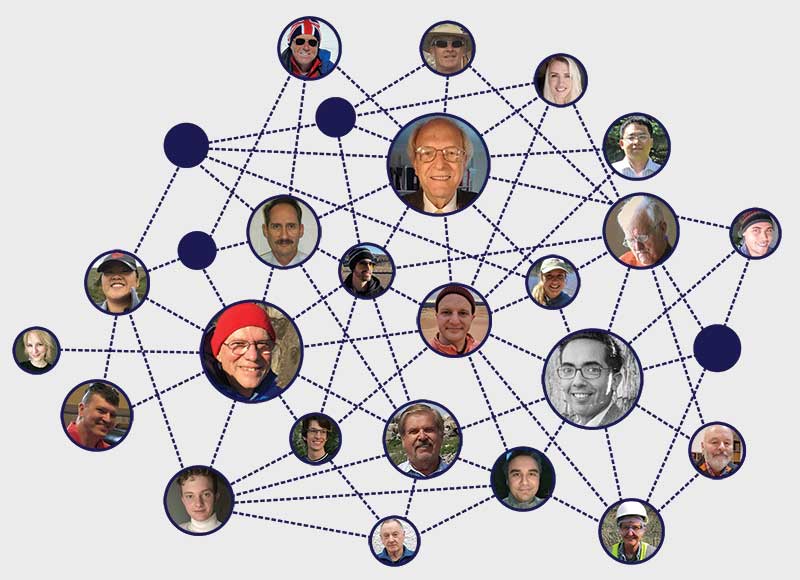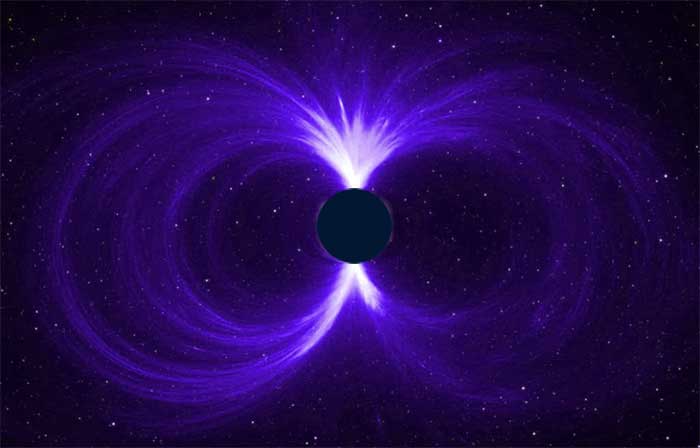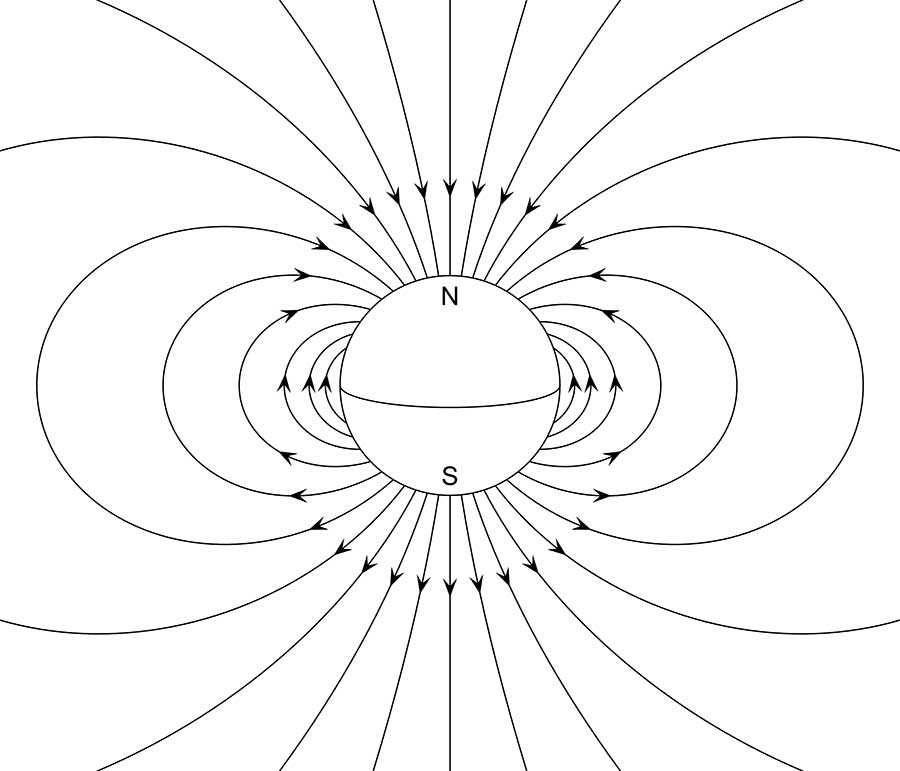MQN Collaboration:
People exploring the science and applications of MQN dark matter.

MQN Collaboration is a global, virtual collective of scientists and explorers who envision enabling a more sustainable future for life on Earth. For over two decades, our pursuit of that vision has led to exploration of Magnetized Quark Nugget (MQN) dark matter.
Dr. J. Pace VanDevender explains the origin and properties of MQN dark matter.
MQN Collaboration:
People exploring the science and applications of MQN dark matter.

MQN Collaboration is a global, virtual collective of scientists and explorers who envision enabling a more sustainable future for life on Earth. For over two decades, our pursuit of that vision has led to exploration of Magnetized Quark Nugget (MQN) dark matter.
Dr. J. Pace VanDevender explains the origin and properties of MQN dark matter.
MQN Collaboration is a global, virtual collective of scientists and explorers who envision enabling a more sustainable future for life on Earth. For over two decades, our pursuit of that vision has led to exploration of Magnetized Quark Nugget (MQN) dark matter.
Dr. J. Pace VanDevender explains the origin and properties of MQN dark matter.
What is Magnetized Quark Nugget (MQN) dark matter?
Science
Quarks and gluons are among the fundamental building blocks of the Standard Model of Particle Physics. In the beginning, the universe was a sea of quarks and gluons.
At about 65 millionths of a second after the Big Bang, minute particles called Lambda (Λ0) are thought to have formed as the universe cooled. Each Λ0 has one up, one down, and one strange quark. Quark nuggets are large aggregations of Λ0 particles.
Each Magnetized Quark Nugget (MQN) is a ferromagnetic liquid with nuclear density, and together they combine and remain a single magnetic dipole, like Earth’s dipole field. An MQN in free space has the magnetic field configuration of an isolated magnetic dipole shown to the right.
We invite you to explore unfolding science and potential applications of MQNs. The science is briefly presented on several webpages with links to peer-reviewed publications.
Potential Applications
Two potential applications motivate our research:
- Quark Nugget Confined Fusion (QNCF) for economically advantageous electric power
- Dark Matter Drive (DMD) for propulsion of interplanetary spacecraft
Both applications build on MQNs as indestructible sources of magnetic fields that are up to a billion times larger than currently available on Earth. Both require that MQNs actually exist and be collected from space. Our focus is on applications for the long-term.


“VFPt Dipole Field”, by Geek 3, licensed under GNU Free Documentation license, Creative Commons Attribution ShareAlike
What is Magnetized Quark Nugget (MQN) dark matter?
Science
Quarks and gluons are among the fundamental building blocks of the Standard Model of Particle Physics. In the beginning, the universe was a sea of quarks and gluons.
At about 65 millionths of a second after the Big Bang, minute particles called Lambda (Λ0) are thought to have formed as the universe cooled. Each Λ0 has one up, one down, and one strange quark. Quark nuggets are large aggregations of Λ0 particles.
Each Magnetized Quark Nugget (MQN) is a ferromagnetic liquid with nuclear density, and together they combine and remain a single magnetic dipole, like Earth’s dipole field. An MQN in free space has the magnetic field configuration of an isolated magnetic dipole shown here.


“VFPt Dipole Field”, by Geek 3, licensed under GNU Free Documentation license, Creative Commons Attribution
We invite you to explore unfolding science and potential applications of MQNs. The science is briefly presented on several webpages with links to peer-reviewed publications.
Potential Applications
Two potential applications motivate our research:
- Quark Nugget Confined Fusion (QNCF) for economically advantageous electric power
- Dark Matter Drive (DMD) for propulsion of interplanetary spacecraft
Both applications build on MQNs as indestructible sources of magnetic fields that are up to a billion times larger than currently available on Earth. Both require that MQNs actually exist and be collected from space. Our focus is on applications for the long-term.
What is Magnetized Quark Nugget (MQN) dark matter?
![]()
Science
Quarks and gluons are among the fundamental building blocks of the Standard Model of Particle Physics. In the beginning, the universe was a sea of quarks and gluons.
At about 65 millionths of a second after the Big Bang, minute particles called Lambda (Λ0) are thought to have formed as the universe cooled. Each Λ0 has one up, one down, and one strange quark. Quark nuggets are large aggregations of Λ0 particles.
Each Magnetized Quark Nugget (MQN) is a ferromagnetic liquid with nuclear density, and together they combine and remain a single magnetic dipole, like Earth’s dipole field. An MQN in free space has the magnetic field configuration of an isolated magnetic dipole shown here.


“VFPt Dipole Field”, by Geek 3, licensed under GNU Free Documentation license, Creative Commons Attribution
We invite you to explore unfolding science and potential applications of MQNs. The science is briefly presented on several webpages with links to peer-reviewed publications.
Potential Applications
Two potential applications motivate our research:
- Quark Nugget Confined Fusion (QNCF) for economically advantageous electric power
- Dark Matter Drive (DMD) for propulsion of interplanetary spacecraft
Both applications build on MQNs as indestructible sources of magnetic fields that are up to a billion times larger than currently available on Earth. Both require that MQNs actually exist and be collected from space. Our focus is on applications for the long-term.
MQN Collaboration:
People exploring the science and applications of MQN dark matter.


